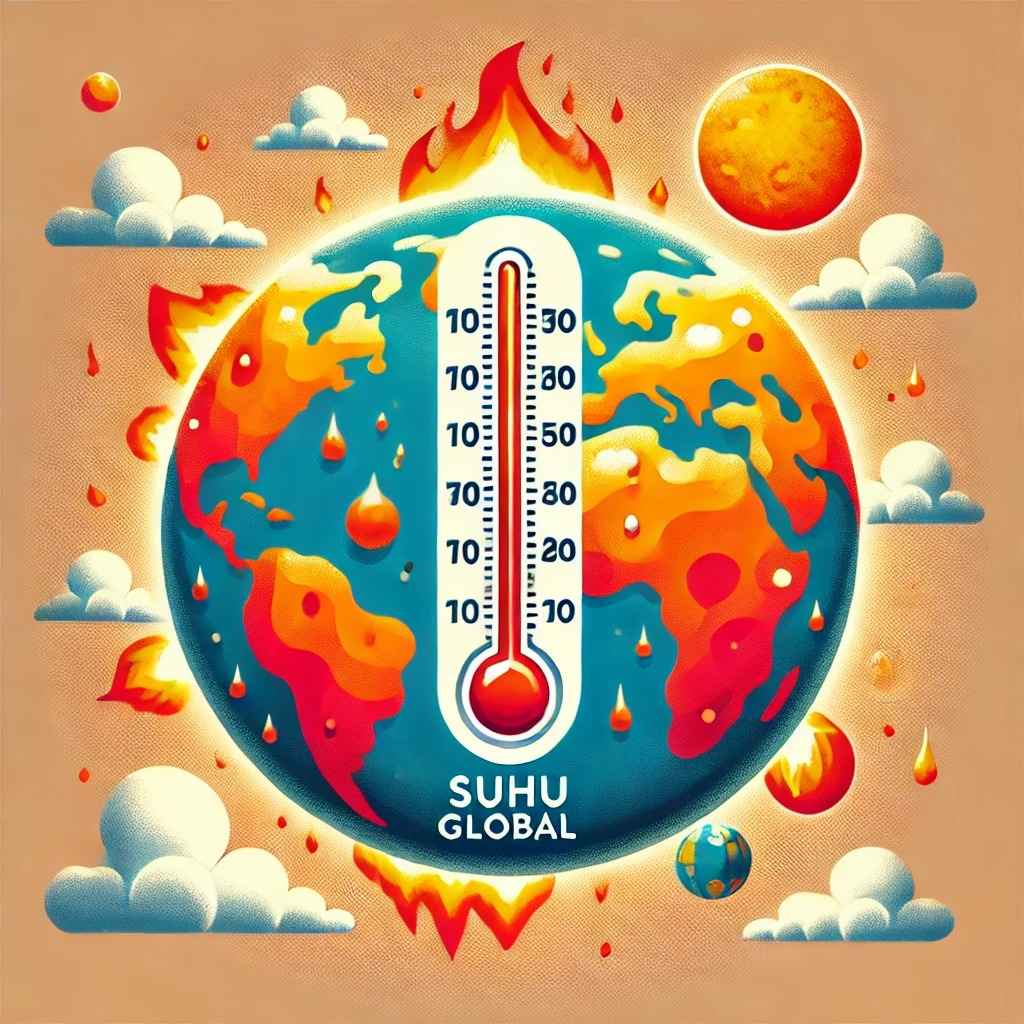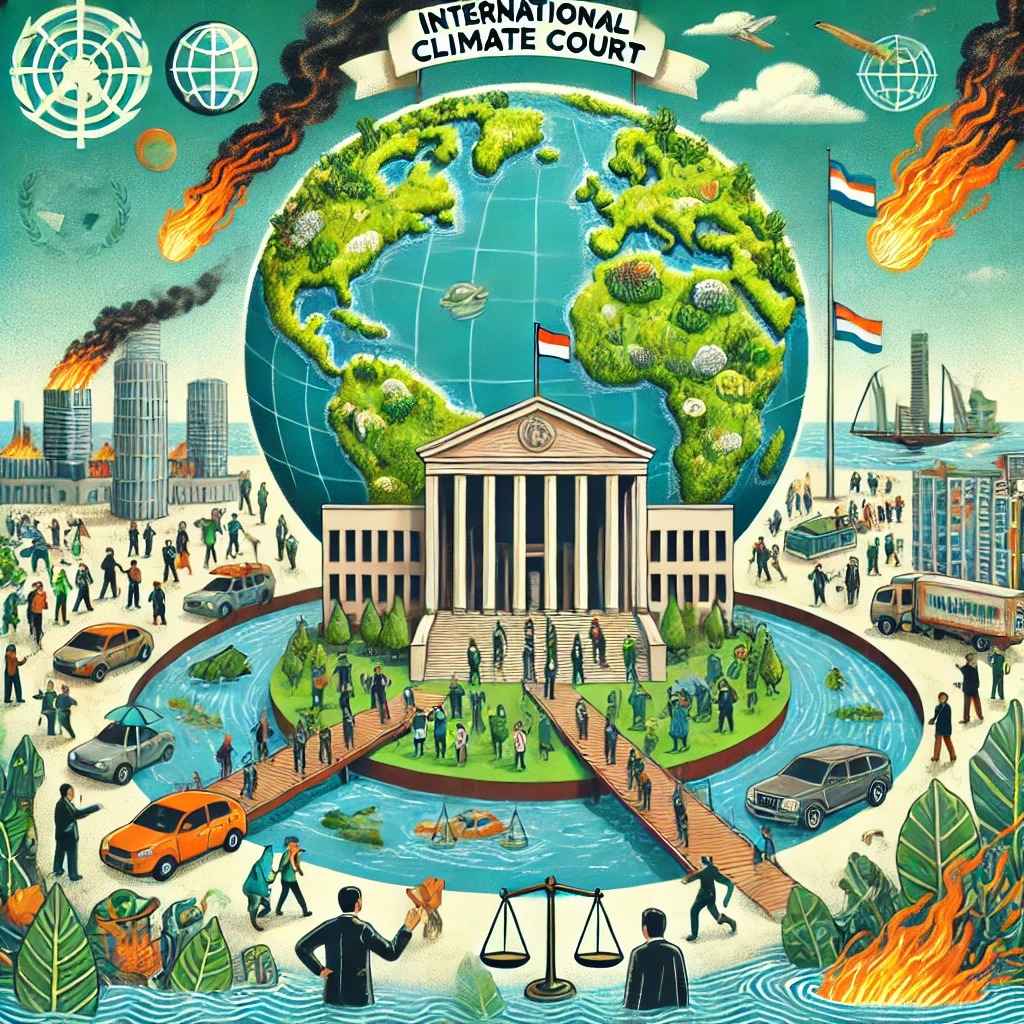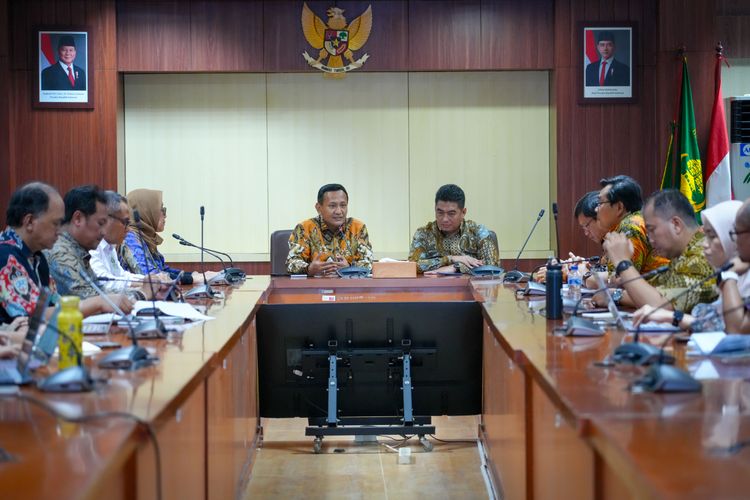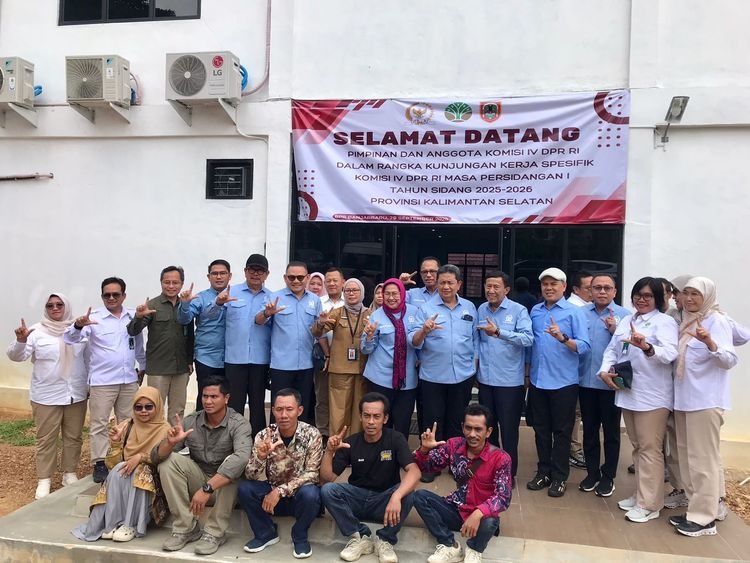Enviro News Asia, The World Meteorological Organization (WMO) has released its 2025 Air Quality and Climate Bulletin, which explores the intricate relationship between air quality and climate change. The report emphasises the significant role of aerosols—tiny airborne particles—in influencing phenomena such as wildfires, winter fog, shipping emissions, and urban pollution. It calls for enhanced atmospheric monitoring and coordinated international policies to protect human health, ecosystems, and economies.
The bulletin highlights that air pollution and climate change are deeply interconnected. Human activities, including fossil fuel combustion, emit pollutants like black carbon, nitrous oxide, and ground-level ozone, which exacerbate climate change, creating a vicious cycle. WMO Deputy Secretary-General Ko Barrett stresses that these issues transcend national borders, citing how heat and drought intensify wildfires that degrade air quality for millions globally. He advocates for improved global monitoring and collaboration to address these challenges effectively.
Key findings reveal that particulate matter (PM2.5) remains a major health hazard, originating from transport, industry, agriculture, wildfires, and desert dust. The report notes a decline in PM2.5 levels in eastern China due to mitigation efforts, while pollution hotspots persist in northern India. Wildfires have caused elevated PM2.5 levels in Canada, Siberia, central Africa, and notably the Amazon basin, where record fires and drought have intensified pollution. The bulletin warns that wildfire-related particle pollution is expected to increase with climate warming, threatening infrastructure, ecosystems, and public health.
The report also discusses aerosols’ dual effects: darker aerosols like black carbon warm the atmosphere and accelerate ice melt, whereas brighter aerosols such as sulphates reflect sunlight, temporarily cooling the planet but causing acid rain. Aerosol concentrations rose globally from the 1950s to 1980s but have since declined in some regions due to regulations, while increasing in others due to wildfires. International sulphur emission controls in shipping have improved air quality and reduced health issues but slightly accelerated global warming by reducing cooling aerosols.
Winter fog episodes have increased in the densely populated Indo-Gangetic Plain, linked to pollution from vehicles, construction, heating, livestock, and biomass burning. The bulletin calls for comprehensive strategies to reduce pollution sources and promote cleaner energy and transport.
Furthermore, the bulletin underscores the importance of robust atmospheric monitoring infrastructure worldwide, especially in developing regions. Ground-based networks complement satellite data by providing essential calibration and validation, enabling better forecasts and risk management. (*)
















